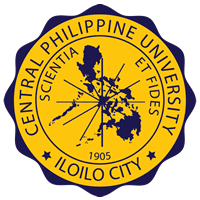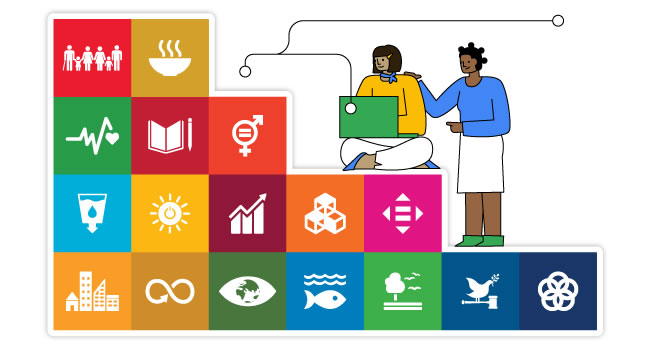By Mykiell Deovenn Pagayonan
For the 2024 Google Solution Challenge, the mission is to create a project that contributes to solving one or more of the 17 Sustainable Development Goals using Google technologies.
According to Google, the Google Developer Student Clubs (GDSC) of Central Philippine University has submitted the most number of projects for the Google Solution Challenge among all Philippine university chapters. The Google Solution Challenge is an international competition for students to build and create project solutions addressing the United Nations’ 17 Sustainable Development Goals as well as local and global problems.
This year, the GDSC Chapter of Central Philippine University has submitted a total of five projects for the competition, with four being accepted as one of the projects missed the deadline. This is still the highest number of submissions among all chapters in the Philippines, underscoring CPU’s commitment to fostering innovation and promoting technological solutions within its student community.
Following closely is the University of Science and Technology of Southern Philippines (USTP) GDSC chapter, which contributed two project submissions, demonstrating the institution’s dedication to advancing technological development.
Additionally, several other universities, including the University of Negros Occidental–Recoletos, University of San Carlos, University of the Philippines Manila, Holy Name University, Pamantasan ng Lungsod ng Maynila, Cebu Technological University, Bicol University, Ateneo de Manila University, De La Salle-College of Saint Benilde, and the University of Saint Louis Tuguegarao, each submitted one project.
The total number of solutions produced by student developers in the Philippines for the Google
Solution Challenge amounts to 16, with CPU contributing 25% of the total accepted submissions. The five projects from GDSC Central Philippine University are:
1. Hololabs by Mykiell Deovenn Pagayonan, Hans Gabriel Daduya, Rafael III Prudente, and Jenny Rose Suelan. HoloLabs is a mobile application that allows students to test, experiment, and create holographic laboratories or artworks. Children aged 8 – 12 have always been intrinsically creative but there are factors that limit creativity:
– Some experiments can be hazardous
– Logistically difficult
– Expensive materials and equipment
HoloLabs aims to overcome these limitations to allow students to continue to learn and explore.
2. Signify by Ian Clyde Tejada, Chad Denard Andrada, John Patrick Pineda, and Prince Nesher Magno. Signify is a web platform designed to meet the demand for inclusive and engaging educational resources for those interested in learning American Sign Language (ASL) alphabet letters. It provides interactive lessons, gamified activities, and a typing race game with hand signs to make learning ASL letters enjoyable.
3. Project Alora by Tristan Suplico, Ryelee Cambronero, Michael Constantino, and Rojee Cacar. Alora is a Python based digital assistant designed to make using your computer and traversing the internet hands-free.
4. Rescue Odyssey by Andrew Albert Yanza, Powell Payofilin, Kenneth Balatayo, and Jaime Nicolas Tolentino. Rescue Odyssey is 2D educational adventure game that will feature the endemic species of Western Visayas as the game aims to inform players about the state of endangered species in the region.
5. Vision Detect by Francis Vince Jaca, Johnriel Sampiano, Mhar Mikhail Canlas, and Andre Barreto Borres. Vision Detect aims to help those who are visually challenge by calculating the distance of a person approaching you and identifying if they are coming left or right.
Despite having one project missing the deadline, CPU’s impressive five project submissions showcase the university’s commitment to encouraging students to develop innovative technological solutions.

